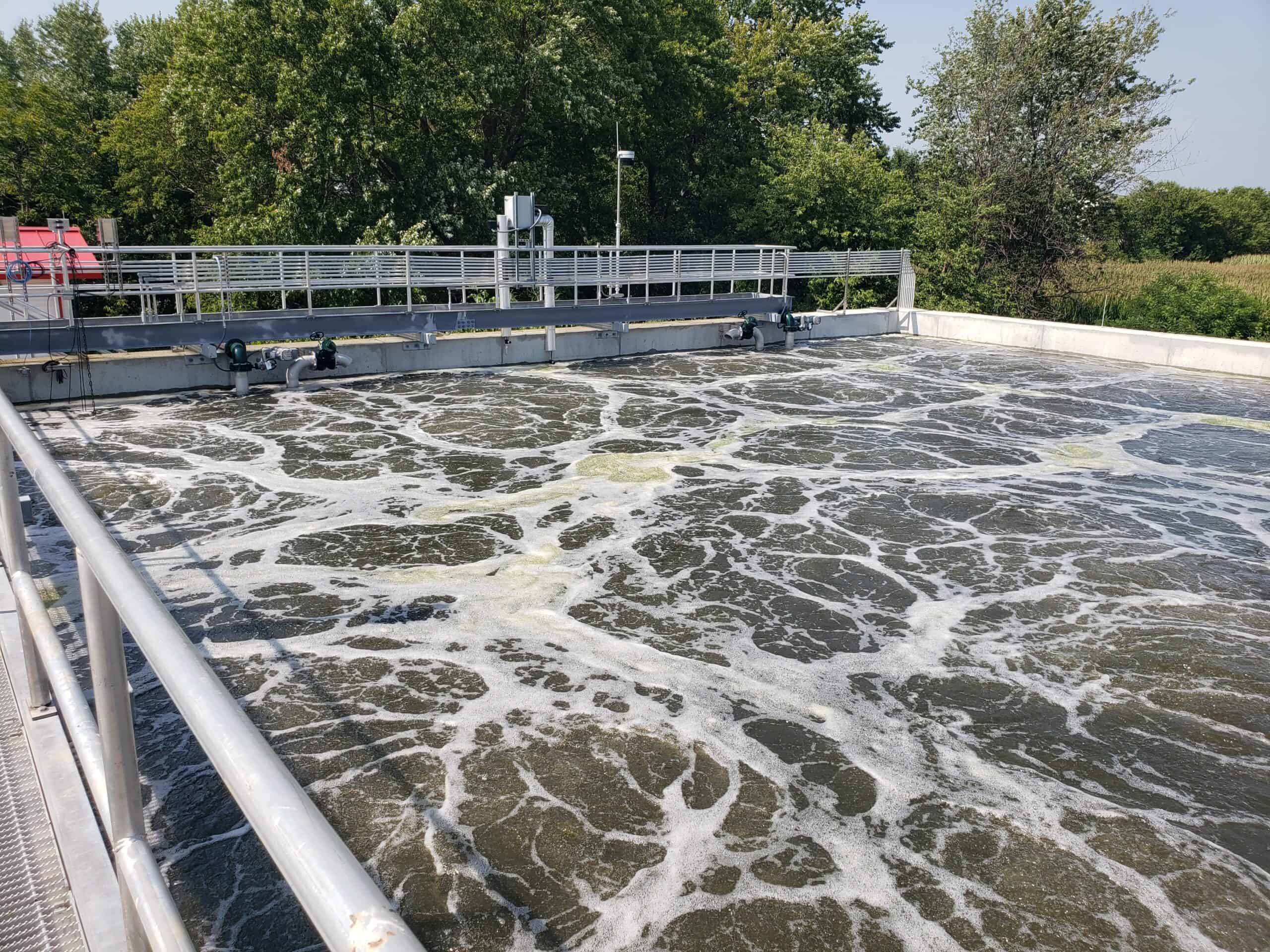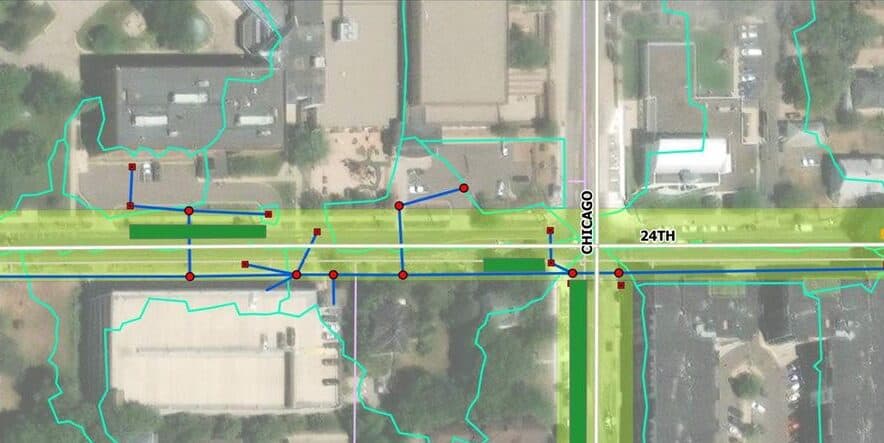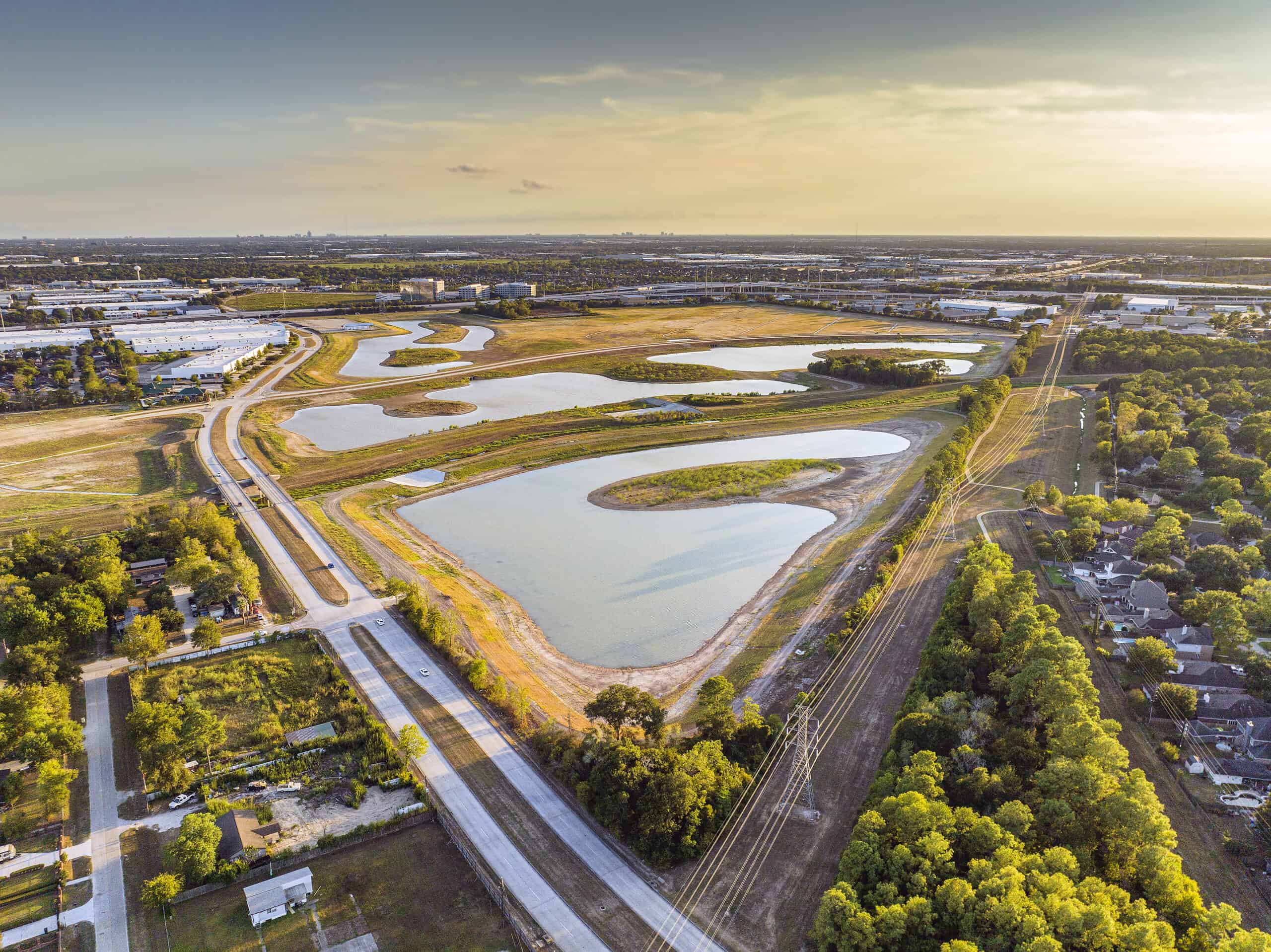
Iowa Great Lakes Sanitary District (IGLSD)
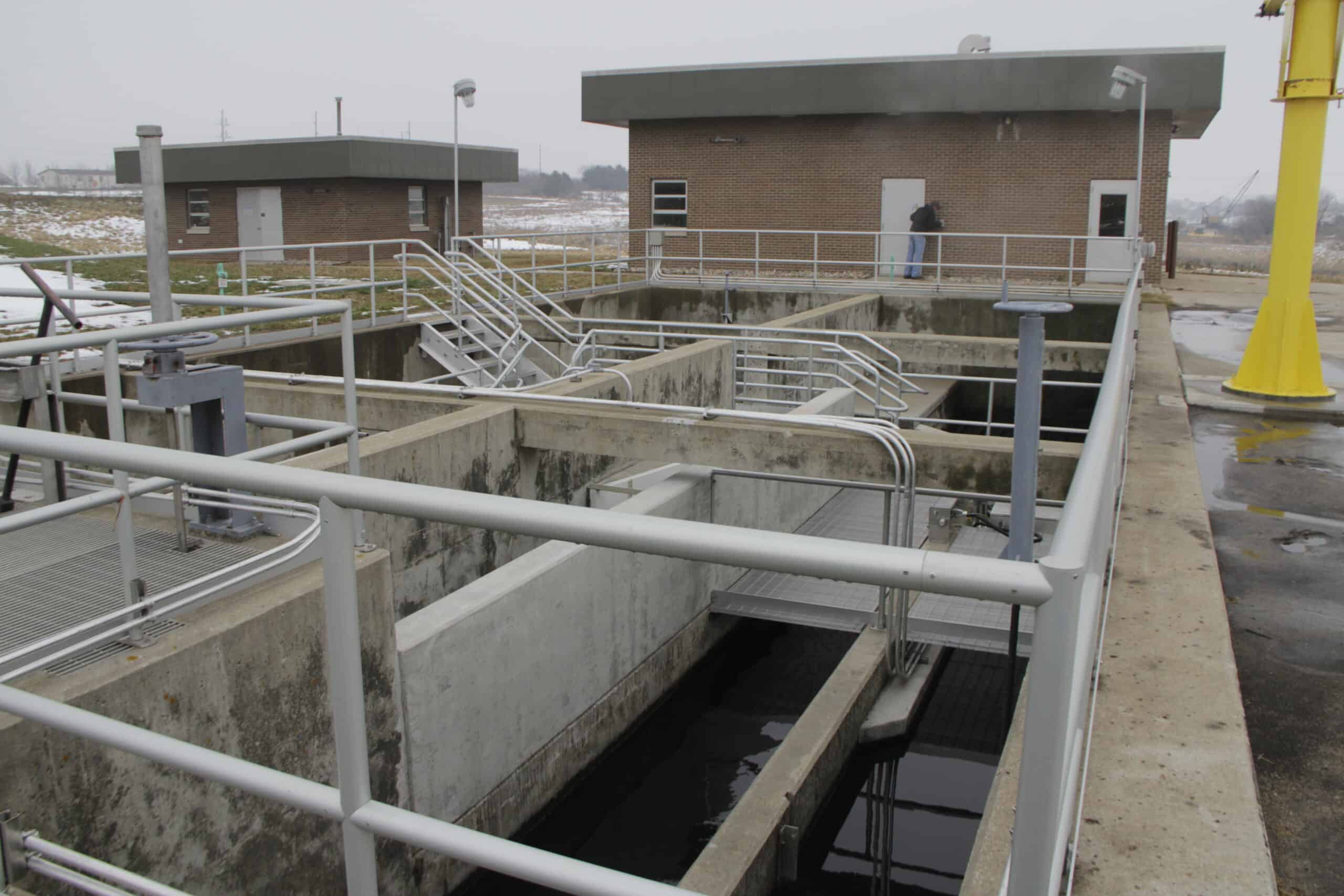
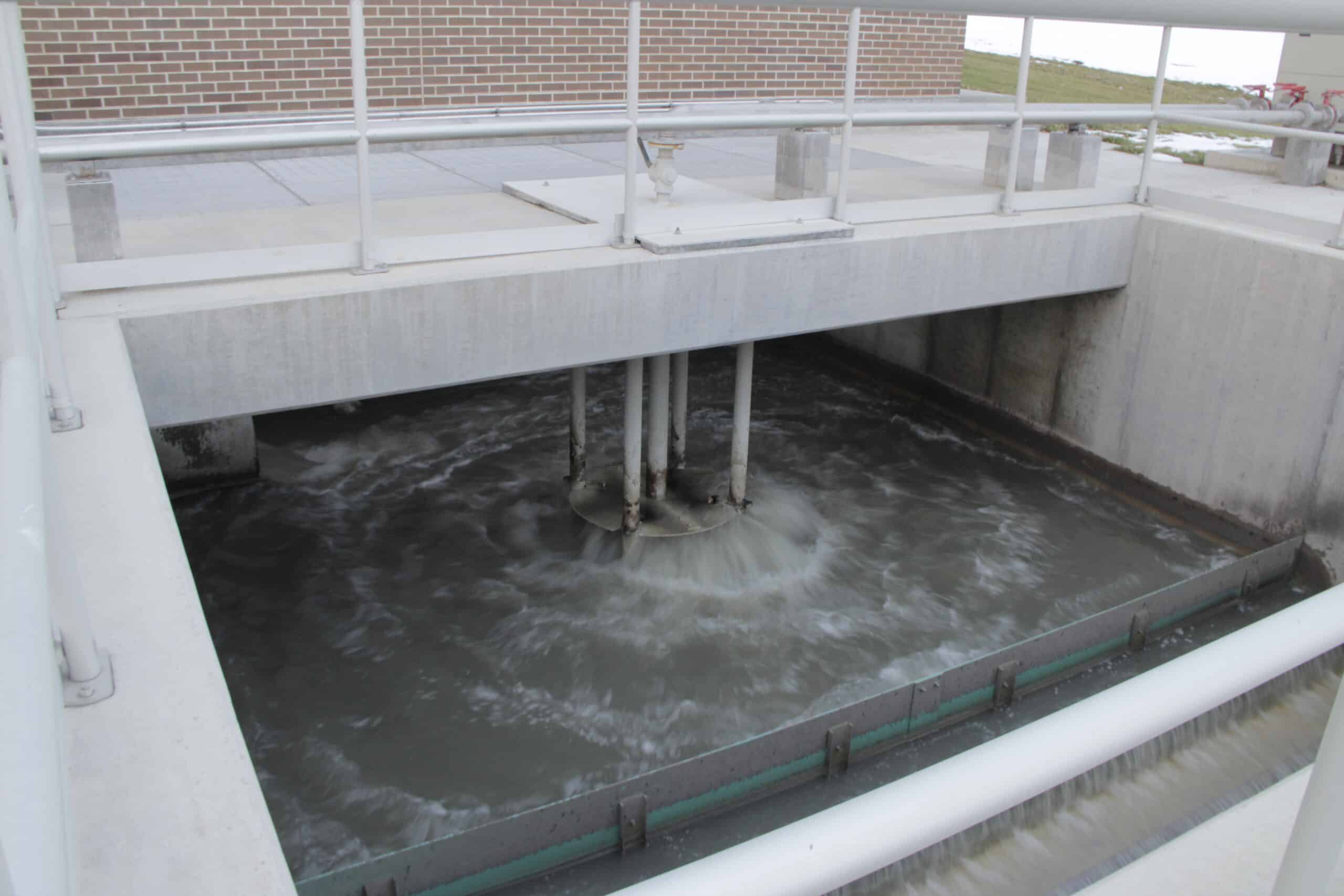
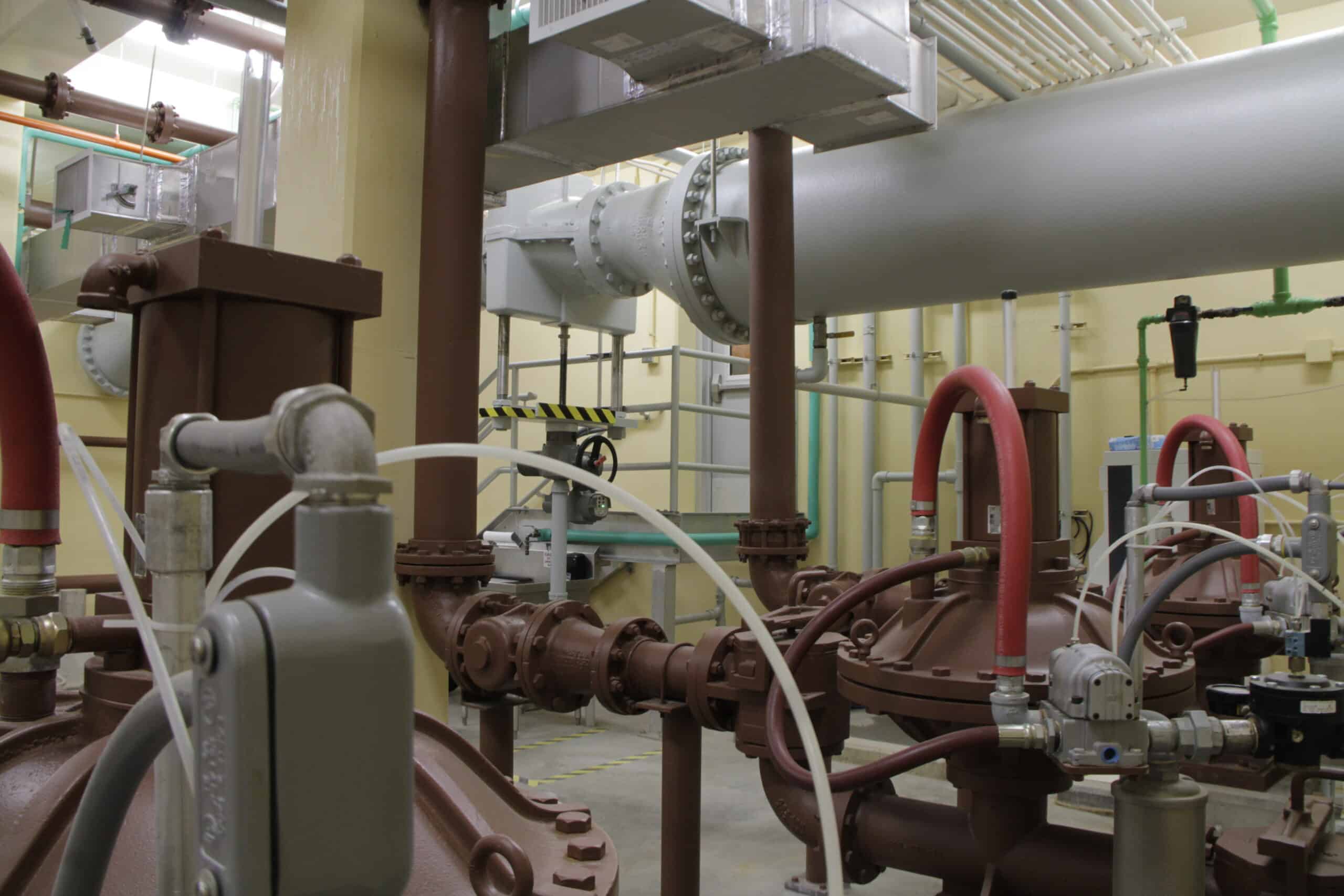
- Local Governments
- Public Utilities
- State Agencies
Market
- Engineering
- Planning
- Potable Water
- Wastewater
- Water
- Water + Wastewater Planning
- Water Resources
Services
- Milford, Iowa
Locations
The Iowa Great Lakes Sanitary District (IGLSD) intercepts the wastewater from seven Iowa cities (Spirit Lake, Arnolds Park, Okoboji, West Okoboji, Wahpeton, Orleans, and Milford) and the unincorporated areas in the region around the Iowa Great Lakes in Northwest Iowa. The sheer magnitude of the district, with a collection system of 65 miles of gravity sewers, 32 miles of pressure lines, and 64 pumping stations, presented a challenge.
IGLSD has retained HR Green for dozens of projects over the firm’s 60-year history with IGLSD, including:
- West Okoboji Harbor Sanitary Sewer Rehabilitation – rehabilitation of the deteriorated existing gravity sanitary sewer system serving the West Okoboji Harbor development consisting of over 120 residential properties. Rehabilitation of over 8,100 feet of gravity sewer main, 40 manholes, and one lift station were designed using a combination of pipe bursting, Cured-In-Place-Pipe (CIPP) lining, and open-cut replacement methods.
- Van Steenburg Estates Sanitary Sewer Relocation – relocation of the existing 8-inch sewer that serves 23 residential properties in the Van Steenburg Estates on the western shore of West Okoboji Lake. The proximity of the sewer line to the homes/structures on these properties caused accessibility and serviceability issues and physical deterioration of the existing sewer were concerns to be addressed for IGLSD. Approximately 2,000 feet of new 12-inch vitrified clay pipe (VCP) sanitary sewer main and eight manholes were installed in the right-of-way (ROW) of Highway 86 using the pilot-tube microtunneling (PTMT) method as a solution to these issues. Twenty-four 4-inch sanitary sewer service lines were installed via horizontal directional drilling (HDD) and reconnected to the existing individual sanitary sewer services at each residence using an innovative approach that completed the connection entirely from the exterior of each structure.
- Lift Station Rehabilitation – rehabilitation of 14 wastewater lift stations including replacement of pumps, piping, valves, and controls. The project also included the installation of standby emergency generators at 14 lift station sites, various electrical modifications at multiple lift station sites, and the replacement of 41 air relief valves within the sanitary sewer collection system.
- Collection System Planning – comprehensive collection system study to evaluate the system regarding existing hydraulic loadings and future loadings. Future flows from areas within the district and bordering communities were considered. The study recommended improvements for increasing the capacity of the sewers, lift stations, and force mains identified as having insufficient capacity. Proposed lift station improvements included either removing existing lift stations and constructing new, or renovating existing lift stations by replacing pumps and/or impellers, motors, motor controls, and piping.
- Wastewater Treatment Plant Siting, Planning, and Design – expansion of the collection system and aging infrastructure caused the review of the existing WWTP facilities, overall site needs, and encroaching neighbors. The review was in respect to service, safety, maintainability, operability, performance, and capacity. A Siting Study reviewed potential site needs and requirements with respect to the proximity of neighbors, local development, sewer transmission, receiving stream consideration, and remaining service of existing structures. Three sites were reviewed with respect to these issues. With much input from the Client, it was decided to remain at the existing property and remove the less aesthetically accepted processes from the property boundary. Since the decision was made to remain, solids processing improvements were designed and constructed to replace failing equipment including digester covers, mixing, and heating equipment.
The existing liquid process includes screening, grit removal, primary clarification, rotating biological contactors, secondary clarification, and disinfection. All of these processes were evaluated with respect to the siting criteria established and it was decided to demolish this portion of the facilities and construct new facilities in the IGLSD.
The liquid train improvements included new Headworks (mechanical fine screening, flow measurement, and aerated-grit removal), daily and peak equalization, primary clarification, activated sludge and associated equipment, secondary clarification, and ultraviolet disinfection. Solids improvements included associated pumping for the above processes, waste-activated sludge (WAS) holding, and WAS thickening. The wastewater facilities have been designed for a capacity of 14.2 million gallons per day, 12,400 lbs. per day of biological oxygen demand, and 1,900 lbs. per day of Total Kjeldahl Nitrogen (TKN).
The Facility Plan was approved, and the project is constructed. The engineer’s opinion of the construction cost of the improvements recommended was $16.0 million.
- Collection Systems Improvements – studies and construction of over $12 million in system improvements. Major improvements included 46,000 feet of gravity sewers, 23,000 feet of pressure lines, 11 lift stations, and monitoring telemetry for 62 lift stations.
- Relief Sewer – design and construction of a $4 million relief sewer system after investigating widespread inflow/infiltration (I/I) issues. The project encompassed 78,000 feet of 8″ to 36″ sanitary sewer and 12 lift stations.
- Sludge Handling Facilities – increased the storage capacity and installed sludge dewatering equipment, which drastically reduced the sludge volume and cost of biosolids removal from $120 to $30 per dry ton and provides the staff with more operational flexibility. A gravity belt thickening process and a bolted-steel storage tank with pumped-loop recirculation mixing were designed.
- Capital Improvements Plan (CIP) – Summarized recommendations to guide the District through 20 years and implemented design and construction for several of the recommended projects.
- Replacement of Wilson’s Lift Station 1-26 – Due to physical deterioration and system overload this critical lift station and associated force main serving the majority of the region was in need of major improvement, The solution was replacement of the existing lift station with a new 4,500 to 7,000 gpm lift station, with generator, and 24” diameter force main.
- CCTV Review and Rehabilitation of Sanitary Sewers – the need to mitigate root intrusion, and I&I from the existing sanitary sewers, required television inspection to gather condition data to aid in the structural and condition assessment of sanitary sewers. Closed-circuit television (CCTV) and reports for 83-sewer segments and manholes were provided in a report. HR Green helped to recommend appropriate rehabilitation techniques for each of the selected sewer segments and manhole structures and design the chosen alternate.
- Center Core Capacity Evaluation – evaluation of the capacity of the Center Core Interceptor Sewer, which serves five of the seven cities in the IGLSD, and collects the vast majority of the flow coming to the WWTP. The capacity evaluation was necessitated by rapid development in the region, large peaking factors due to inflow/infiltration, and the redevelopment of single-family residential areas to condominiums and commercial properties.
Flow meters were placed at various strategic locations along the Interceptor in order to obtain flow information. Flow monitoring results showed areas of high I/I and identified pipe sections where peaking factors increased significantly thus exposing potential deficiencies in the system. Based on the information collected, HR Green developed a prioritized list of recommended improvements to maximize the life of the existing Iowa Great Lakes Sanitary District collection system as well as increase the capacity.
ACEC Iowa – Engineering Achievement Award and Grand Place Award.
